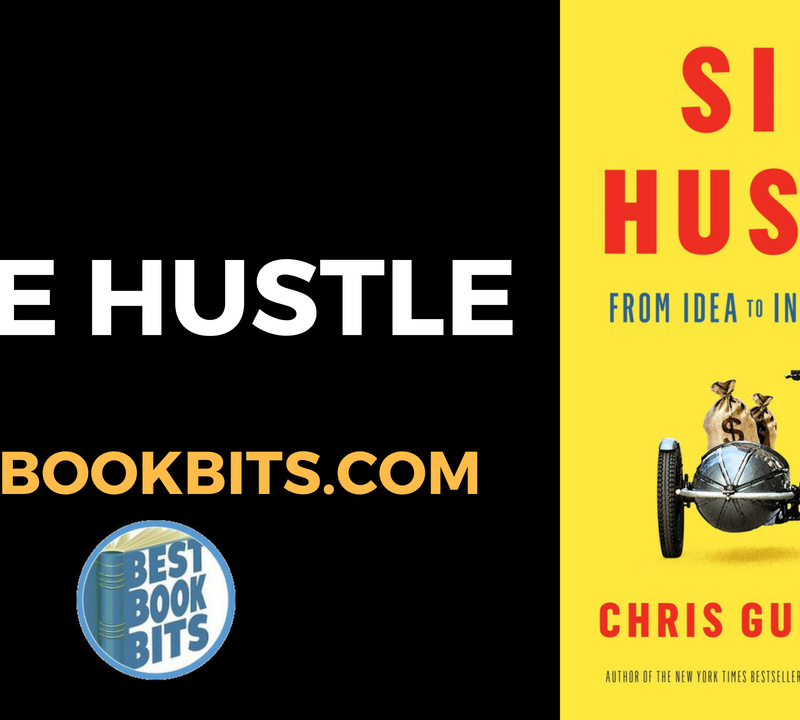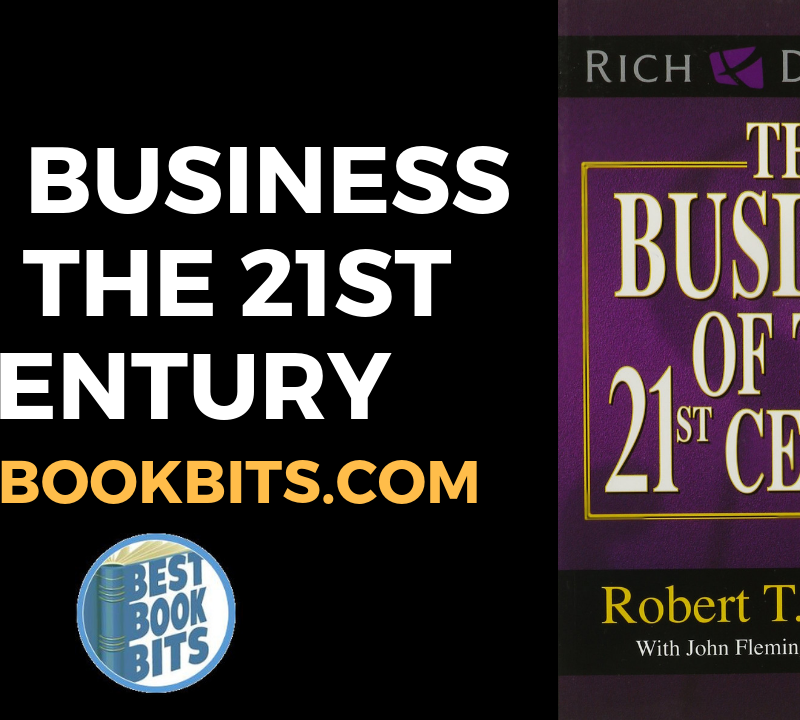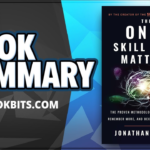JOIN THE ‘BEST BOOK CLUB’ NOW HERE
DOWNLOAD THIS FREE PDF SUMMARY HERE
CHECK OUT THE FOLLOWING Book | 150 PDF Summaries | Course | YouTube | Coaching |Spotify | Instagram | Facebook | Newsletter | Book Club | Website
Launch: An Internet Millionaire’s Secret Formula To Sell Almost Anything Online, Build A Business You Love, And Live The Life Of Your Dreams by Jeff Walker
“Launch” will build your business—fast. Whether you’ve already got a business or you’re itching to start one, this is a recipe for getting more traction.
Think about it—what if you could launch like Apple or the big Hollywood studios? What if your prospects eagerly counted down the days until they could buy your product? What if you could create such powerful positioning in your market that you all -but- eliminated your competition? And you could do all that no matter how humble your business or budget?
Since 1996 Jeff Walker has been creating hugely successful online launches. After bootstrapping his first Internet business from his basement, he quickly developed an underground process for launching new products and businesses with unprecedented success.
But the success-train was just getting started—once he started teaching his formula to other entrepreneurs, the results were simply breathtaking. Tiny, home-based businesses started doing launches that sold tens of thousands, hundreds of thousands, and even millions of dollars in sales with their launches.
“Launch” is the treasure map into that world—an almost secret world of digital entrepreneurs who create cash-on-demand paydays with their product launches and business launches.
Whether you have an existing business, or you have a service-based business and want to develop your own products so you can leverage your time and your impact, or you’re still in the planning phase—this is how you start fast. This formula is how you engineer massive success.
Now the question is this—are you going to start slow, and fade away from there? Or are you ready for a launch that will change the future of your business and your life?
Big Idea #1: The internet has made it possible to communicate instantly across the globe. This means that marketers can’t rely on hope anymore; they have to be able to prove their claims.
You’ve been thinking about a business idea for years. You’ve spent time thinking about its possibilities and dreaming of success. Then, you decide to go through with it.
So, you borrow as much money as possible to start your business and then present it to the world. You hope that people will buy it, but if they don’t, your business is doomed.
The only problem is that nobody agrees with you.
Many new businesses fail because they succumb to hope marketing—they make a product available and simply hope that it will be popular.
Yet, hope is not enough to build a successful enterprise. If you want to succeed, you must be in control of your chances for success.
It’s easier said than done, but luckily we have the tools to overcome this issue.
The best way to build a successful business is to engage with your potential customers. The internet can help you do this.
In the past, you would have to wait a long time to get feedback from your customers. Nowadays, thanks to social media and other technological advances, people are able to give immediate feedback on their ideas.
Using email, you can discover how your idea is received by the public. The internet enables you to do this in a short amount of time. Finding out which ideas don’t work will help you figure out what does work.
And with this increase in speed comes a huge decrease in costs: sending an email or publishing a marketing article used to be expensive, but today it doesn’t have to cost you anything.
There are many tools available to use on the Internet, but it doesn’t mean that you’ll be successful by simply using them. You have to use those tools wisely and effectively in order to make money.
Big Idea #2: By using authority and scarcity, you can direct people to your products.
There’s a lot of talk about using online technologies to capture new markets. Such strategies are not entirely modern, however. At the heart of an effective launch is a time-tested strategy that has been used for years.
One strategy for marketing is to use mental triggers. Mental triggers exploit the brain’s programming, which directs us toward making certain decisions rather than others.
The brain tends to take shortcuts when making a judgment. It uses clues in the environment to influence our actions.
These are mental triggers. They’re so powerful that if you incorporate them into your marketing, you’ll be able to grab people’s attention. How do you do this?
There are many ways to convince people to buy your product. Two of the most effective ones are authority and scarcity. Authority is a great way to sell something, because we’re predisposed to believe what authoritative people say. That’s why we trust doctors when they tell us about health or police officers when they give directions on the street.
JOIN THE ‘BEST BOOK CLUB’ NOW HERE
DOWNLOAD THIS FREE PDF SUMMARY HERE
Book | 150 PDF Summaries | Course | YouTube | Coaching
Spotify | Instagram | Facebook | Newsletter | Book Club | Website
If you want people to trust your viewpoint, it’s important to include the fact that you’re an expert in this field. It also helps if you can mention any famous clients or impressive credentials. Another way is by making something seem scarce. People automatically assign higher value and want to get their hands on it as soon as possible when they think of a product being scarce (like diamonds or Ferraris).
A great way to get people interested in your product is to make them think the price will go up soon. For example, if you’re selling something online, say that it’s on sale for a limited time only.
Big Idea #3: The most effective way to sell a product is by telling stories and using sequences.
Let’s say you’ve created a product that you think is really good.
But after a quick search online, you find that other similar products are already out there. How do you reach out to prospects and show them that yours is really the best?
In today’s competitive marketplace, it is important to make a good impression on your target market. Sequences help you do that by combining different marketing tactics over a few days.
One of the most important ways to generate interest is by telling a story. This can be done with Harry Potter, as illustrated in this example: which was more popular—the first book or the last? The correct answer is that it’s the last one because there were seven books before it and excitement built up throughout them.
Another way to appeal to potential customers is by using stories. Imagine you’re the customer and ask yourself which would excite you more – a story or an empirical data-driven argument?
It’s the former, obviously. People love stories because they’re part of every religion and culture.
When designing your marketing strategy, make sure to tell a good story. Stories are also useful when using sequences because each installment can go deeper into the story and develop ideas in an engaging way.
Big Idea #4: The secret to a successful business is to build a mailing list.
So, how exactly can you use the Internet to make your business successful? Learn how to use the Product Launch Formula! The formula entails a few key points. It begins with “the list.” Every successful business starts with a mailing list of subscribers who will become loyal customers and determine your success as a business.
A list is a powerful tool. When the author needed money, he used his email list to raise it quickly. It’s important to remember that not only does the size of your list matter, but so does how many people actually open your emails. A smaller, more engaged audience is better than a larger one that doesn’t read what you send them. One way to get an engaged audience is by creating a landing page and offering something of value in exchange for their contact information.
A squeeze page is a simple web page that gives people an incentive to enter their contact information. To be successful, the squeeze page should offer something valuable in exchange for contact information. For example, if you’re trying to start a business consulting firm, offering free golf lessons probably won’t get you many clients.
Big Idea #5: The process of launching a successful product is to have an effective pre-prelaunch.
Imagine that you are a captain of a ship in the eighteenth century. You see another ship on the horizon, but it’s hard to tell whether it is friend or foe. What would be the best course of action? You might consider firing some warning shots across its bow, which won’t damage it but will get its attention.
Marketing is similar to sailing in many ways. One of those ways is that you should prelaunch your product before you actually launch it, just like sailors did with their ships before they set sail.
The pre-launch of a new product or service is the perfect opportunity to see if your idea will interest people. It’s also an opportunity to get feedback from those on your list and make any necessary changes before you launch.
Creating a successful pre-prelaunch is difficult. You have to follow several rules in order to succeed, but the most important one is that you don’t appear to be selling anything directly. If your pre-prelaunch looks too much like a sales pitch, people will get turned off and won’t want to buy it when it’s released. There are many ways you can do this, but the author prefers one method: an 80 word email with the subject line “Quick announcement and a favor.” This email should be short and sweet; simply tell them about your product before asking for help filling out a survey which asks for feedback on what they liked or disliked about it. According to the author, this approach works 95% of the time!
Big Idea #6: To make sure your product is successful, connect with the desires of prospects.
Your mailing list is key to your pre-prelaunch. You can get people’s attention with it, and you’ve got the opportunity to show them what they’re going to get when you launch.
It’s important to make sure that your product is valuable and useful to customers before it launches. To do this, you should break the pre-launch stage into three separate stages: discovery, development, and delivery.
In order to be successful, you need to create content that will pique the interest of your prospects. This can take any form: PDF reports, a series of emails, blog posts or – the most popular type of content – videos.
To start a successful prelaunch, you should first release the initial installment of your prelaunch content. This will help answer the question of why people should care about your product and how it can transform their lives.
If you’re in the golf business, tell your customers how you’ll transform their game. If you’re a management consultant, tell them how you’ll transform their company. You can do this with two or three days of preparation and follow-up calls to let them know what they can expect from working with you.
If you want to include case studies, tell the story of someone who improved their golf game through your swing tutorials. Their transformation will be a powerful selling tool for your product.
After a couple of days, you can start creating the presentation. You first need to know why your product will transform people’s lives and how they’ll be transformed. This should end with an offer for the audience, such as when they can get it or what deal is available only for early subscribers.
Big Idea #7: When a prospect feels that your product is scarce and they’re under time pressure, it makes them more likely to buy.
After you’ve created so much hype about your product, it’s time to launch. Before that, however, you should create a sense of urgency about your offer.
When you’re doing this, you want to let customers know that your product will be released soon and only for a limited time. This causes excitement among customers.
If you handle the launch properly, then people will be excited about it. This means that they’ll eagerly anticipate your product and therefore buy from you more easily. You should prepare for the actual launch by doing a few things:
To promote a new product, ensure you have an easy-to-use sales page and send an email informing customers of its release.
The best way to generate sales is to make use of scarcity. This means that you should only have a limited amount of time for your product or service, and once the time limit expires, it will no longer be available.
For example, perhaps you’ll raise the price after a time period. Or maybe prospects will lose out on bonuses and extras if they don’t purchase during the launch period. Perhaps you’ll make the product truly scarce and stop selling it after a certain point in time. Between now and when your product is launched, keep reminding customers about how great things are going to be!
You’ve learned about the stages of Product Launch. However, there is more to learn – starting with how to launch even if you don’t have a product!
Big Idea #8: A seed launch is a way to start a business even before you have a product or market.
The formula outlined in the previous key points is useful for getting your product out there. You can also use it to create a seed launch before you have a list or market.
The goal of this strategy is to start from nothing and build upon your successes, each time growing bigger. The saying goes that ‘out of tiny acorns grow mighty oaks.’
Tara Marino wanted to help people live more fulfilling lives, but she didn’t know exactly how. She decided to launch a product even though it wasn’t fully developed and managed to make $3,000 worth of sales!
Marino used the feedback she got to create a product. Once she launched it, Marino received more feedback and created an improved version of her product.
Once you have a small list, it’s likely that the next launch will bring in $90,000. The one after that might be for $190,000.
It’s not a bad thing that you have fewer subscribers than your competitors. You can still generate sales even if you have a small list. It’s important to get feedback from your prospects and ask for their opinions, as well as send them surveys so that they can give you more information about themselves and what they want to buy from you.
Whenever you have the opportunity to customize your product or service for a specific customer, take it. That’s how you can turn small businesses into large ones.
Big Idea #9: If you want to make the most of your launches, use your affiliates’ mailing lists.
You know that it’s possible to have a successful launch even with a small list. However, the bigger your audience, the more success you’ll have.
A great way to build a list is to use one created by another company. This is called a Joint Venture (JV) Launch. Chances are that there will be businesses in your particular market that have their own lists, so you can work with them on this project and benefit from the results of both companies’ efforts. A quick Google search will confirm this.
If you have an idea for golf tutorials, search online to see what people are doing. Find out how they’re selling their content and if it’s similar to yours.
If the company is successful, and they have a big mailing list, contact them to see if they want to work with you.
If you’re going to get a company to help market your product, they won’t do it for free. You’ll need to offer them some kind of commission or incentive. Show them that you can sell enough products so that it will be worth their while by doing an internal launch first with your own list. Once they see how well the product sells, they’ll be more willing to work with you and drive traffic from their lists.
JOIN THE ‘BEST BOOK CLUB’ NOW HERE
DOWNLOAD THIS FREE PDF SUMMARY HERE
Book | 150 PDF Summaries | Course | YouTube | Coaching
Spotify | Instagram | Facebook | Newsletter | Book Club | Website













